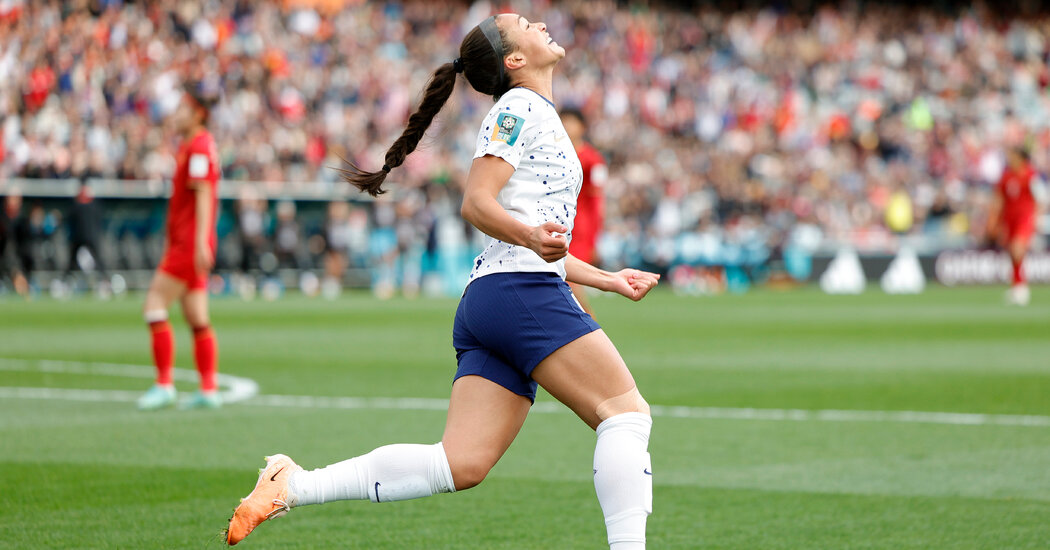It’s why Sepp Blatter, then the president of FIFA, suggested in 2004 that women soccer players should wear “tighter shorts” and why there was a brief moment in 2011 when the AIBA, the boxing association, suggested that female boxers compete in … skirts.
Though both of those ideas were rejected fairly quickly, it is still true, Ms. Fleshman wrote, that “uniform guidelines mandating exposed skin and ‘formfitting’ silhouettes for only one gender have been coded into rule books across many sports. In others they have been internalized as symbols of professionalism by the women themselves.” If you grow up watching champions in buns (or “runderwear”), you think champions wear buns. If you watch winners in dresses, you think winners wear dresses.
“It’s called ‘the athletic-feminine identity paradox,’” Ms. Howard said.
And it exists, Ms. Fleshman said, “until someone asks to change it.” Until someone says, effectively, “Wait — why are we doing it this way?”
Wait. Why Are We Doing It This Way?
Wait, why are athletes wearing white shorts and wondering if spectators can tell they are menstruating instead of focusing on doing their job? Wait, why do field hockey players practice in shorts and compete in skorts (and, for that matter, wear low-cut compression tops that show off their cleavage every time they bend over)? Wait, why do men run in shorts and play volleyball in shorts and women do it in tiny bottoms that make them worry about cellulite and bulges and showing their stomachs? Wait, why are the armholes of basketball jerseys so enormous that they act like windows to the sports bra? Wait, why is the default garment the smallest garment as opposed to the most neutral garment?
Clothes are to a certain extent a form of encoded messaging between head and body. Put simply, they make you feel a certain way about yourself, and that influences how you act and perform. Or so found Hajo Adam, an organizational psychologist at the University of Bath in England, and Adam D. Galinsky in their 2012 paper, “Enclothed Cognition,” which looked at the effect white lab coats have on the wearers. Essentially, people in lab coats behaved more like doctors and paid more attention — because they dressed like doctors, which made them feel more like doctors.
The same effect is true for athletes. Just as clothes, the most intimate of tools, can make you perform better, they can have the opposite effect. Ms. Howard began studying the relationship between sports uniforms and the rate of girls dropping out of sports as part of her undergraduate dissertation at Durham University, and earlier this year published her findings in a report entitled “Practical, Professional or Patriarchal?” which included the startling data point that 70 percent of girls who dropped out of sports dropped out because of uniform and body image concerns. She called it her “aha” moment.
Sumber: www.nytimes.com










